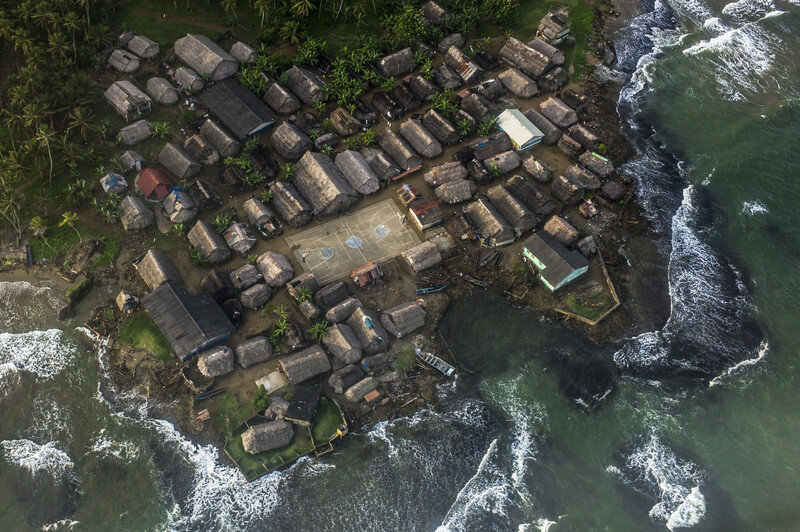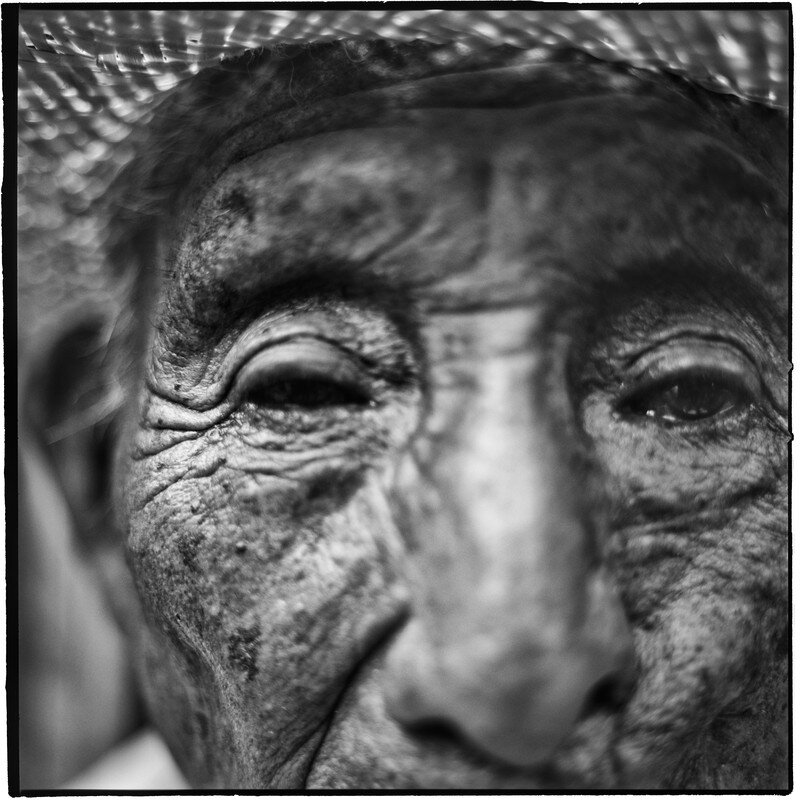Kuna Yala In Danger
© Matthieu RytzAs I was contemplating the idea of making a road trip from Panama to Bogota, I was faced with an interesting fact: for an impenetrable 60 miles the road stops, cut by a territory called the Darién Gap. This stretch of virgin jungle is the only break in more than 19,000 miles of highway, which connects the Arctic Ocean and the southern tip of South America. The Darién Gap is a fabled, legendary no-man's land. Most of it is a watershed full of venomous spiders and insects. In this inhospitable land, even frogs are lethal! It is also a perfect hideout for drug traffickers, who claim the Darién Gap as one of their headquarters. Crossing this gap wasn’t a good idea so I decided to follow a Panamanian archipelago known as the Kuna Yala. There, for the first time, I came face to face with the Kuna People whose land was about to disappear, swallowed up by rising sea levels. Many of the Kuna are beginning to fear that in the near future, their land will be completely submerged. The Kuna—a group of roughly 40,000 indigenous people living on dozens of islands off Panama’s Caribbean coast—are isolated and rely on the land and one another to sustain their communities.



I felt both angry at the injustice of the situation and powerless in the face of such an inevitable outcome. As a visual storyteller, I had a role to play and I found an amazing story.
In 1925, this territory was acquired by the Kunas after a violent rebellion, which, until today, gave them a vote in Panama and the governance of their territories.
The Kunas have become the indigenous people with the highest level of independence throughout Latin America. Despite recent changes from the tourism industry, the Kunas still live from fishing and agriculture. They cultivate yuca and plantains on the main land and trade coconuts for basic goods with Colombian merchants.
Besides the many environmental issues the Kunas face in the medium term, cocaine is a much more visible, destructive, and immediate threat than the rising water. This drug is devastating the Kuna Yala.
In recent years, the American Government sent drones over the Kuna Yala to destroy high-speed Colombian boats and their drug cargo. As a result, many fishermen would find white powder in their nets. The drugs would then be sold to the Kunas for the modest sum of US$2 per gram by the fishermen turned drug dealers.

Edouardo is one of them. At the age of 43, his life changed radically when he discovered a 50-kg package of pure cocaine in his nets, which he then sold for over US$100,000. Cocaine is destroying his life: he no longer goes fishing and feeds himself with caned sardines and beer. And as bags of cocaine still drift to shore, the Kuna’s traditional social structure will continue to be deeply affected.


click to view the complete set of images in the archive








